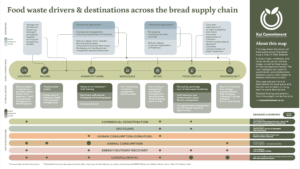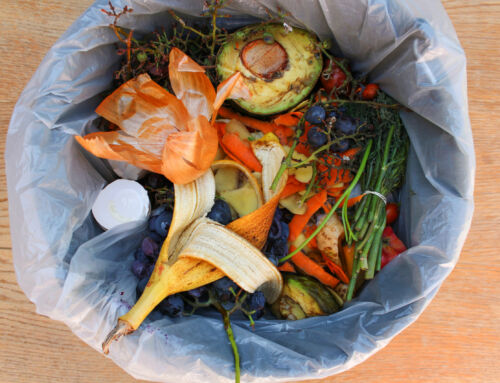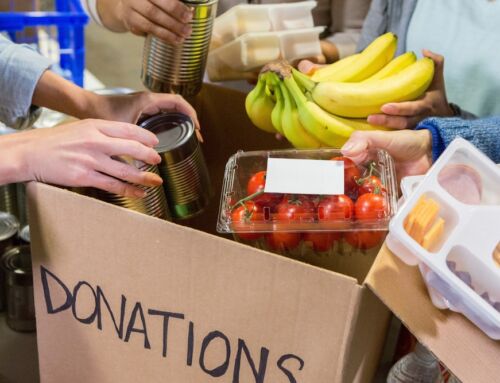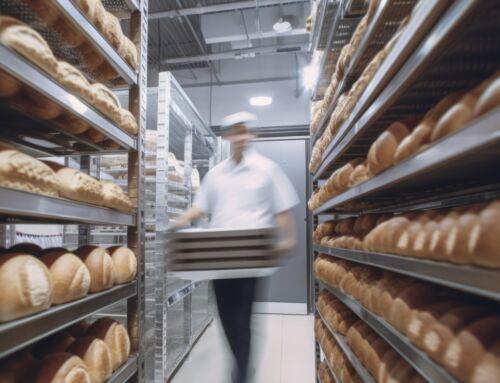A first-of-its-kind research project has revealed the key factors driving bread and bakery food waste in New Zealand.
The research, led by members of the Kai Commitment Programme, a group of businesses working to reduce food waste across New Zealand’s food industry, mapped where and why food waste occurs across six stages of the bread value chain, from milling to manufacturing, wholesale, retail, logistics, and food service.
The result is a comprehensive Bread Supply Chain Waste Driver Map that aims to help the industry better understand and reduce its food waste footprint, as well as resources detailing the main drivers and solutions to mitigate waste.

Drawing on in-depth interviews and digital surveys with businesses across the supply chain, the project identified major waste drivers including human error, contractual agreements, demand forecasting challenges, and consumer expectations.
Kaitlin Dawson, the Executive Director of Kai Commitment, says the project findings highlight the opportunity for greater collaboration across businesses and sectors to tackle the issue.
“The research found that some of the biggest drivers of food waste are the result of interactions between businesses, not just what happens within individual organisations.”
“We hope these findings encourage businesses across the sector to reflect on who in their supply chain they need to work with to address food waste drivers.”
Key drivers of food waste within the bread and bakery sector include:
- Human behaviour and error: High staff turnover, inadequate training, and communication gaps, are consistent drivers of waste, particularly in food service settings.
- Demand fluctuations: unpredictable consumer behaviour and weather patterns, create forecasting difficulties for manufacturers and retailers alike and result in waste.
- Contractual arrangements between different parts of the supply chain is a known driver of waste internationally and was shown to be in New Zealand also
- Customer expectations around product appearance and freshness.
The Bread Supply Chain Waste Driver Map also shows how food waste within the sector is being disposed of including, landfill, composting, animal feed, or recovery, and highlights where there are barriers or enablers to divert waste from landfill, a known source of the planet-warming gas methane.
While the research was qualitative and not designed to identify the volumes of waste, the map and other resources offers businesses a critical resource for understanding where waste is occurring and where cooperation is needed most.
“This is the first time we’ve had visibility of these drivers at a supply chain level in New Zealand,” said Dawson. “It gives the sector a platform for deeper collaboration, backed by evidence, to target food waste where it happens and make informed decisions.”
The research focused on bread and small baked goods, including rolls, wraps, bagels and crumpets. Households and quick-service restaurant waste was excluded from primary data collection. The household food waste information was informed by End Food Waste Australia’s Bread and Bakery Sector Action Plan.
Participating businesses were selected to reflect a cross-section of the sector, with data collected from manufacturers, food service operators, retailers, millers and logistics providers.
“We hope this work not only supports bread sector businesses, but also provides a useful template for other parts of the food industry looking to understand systemic waste drivers and act together,” said Dawson.
Sustainability consultants, Eunomia, collaborated on this project.
ends
View the Bread Supply Chain Waste Driver Map and Map Explainer





